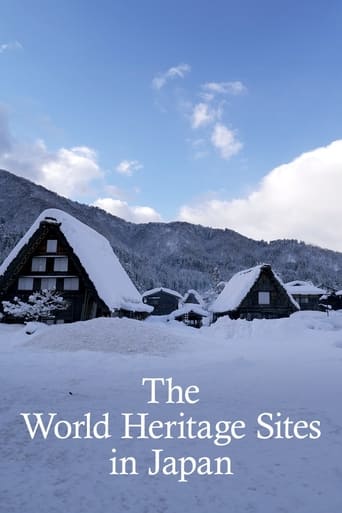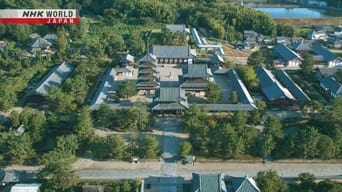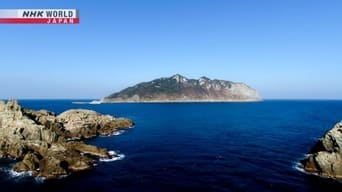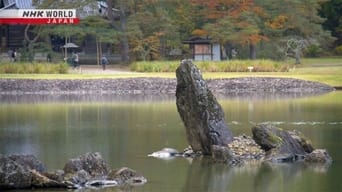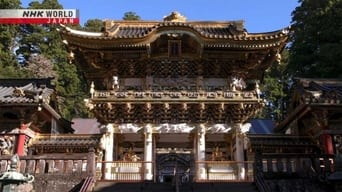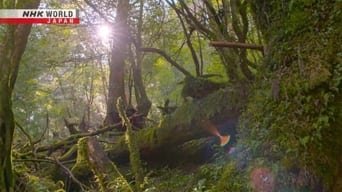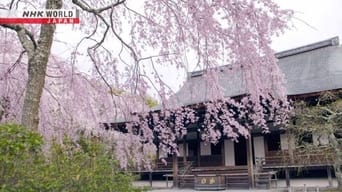The World Heritage Sites in Japan Season 1
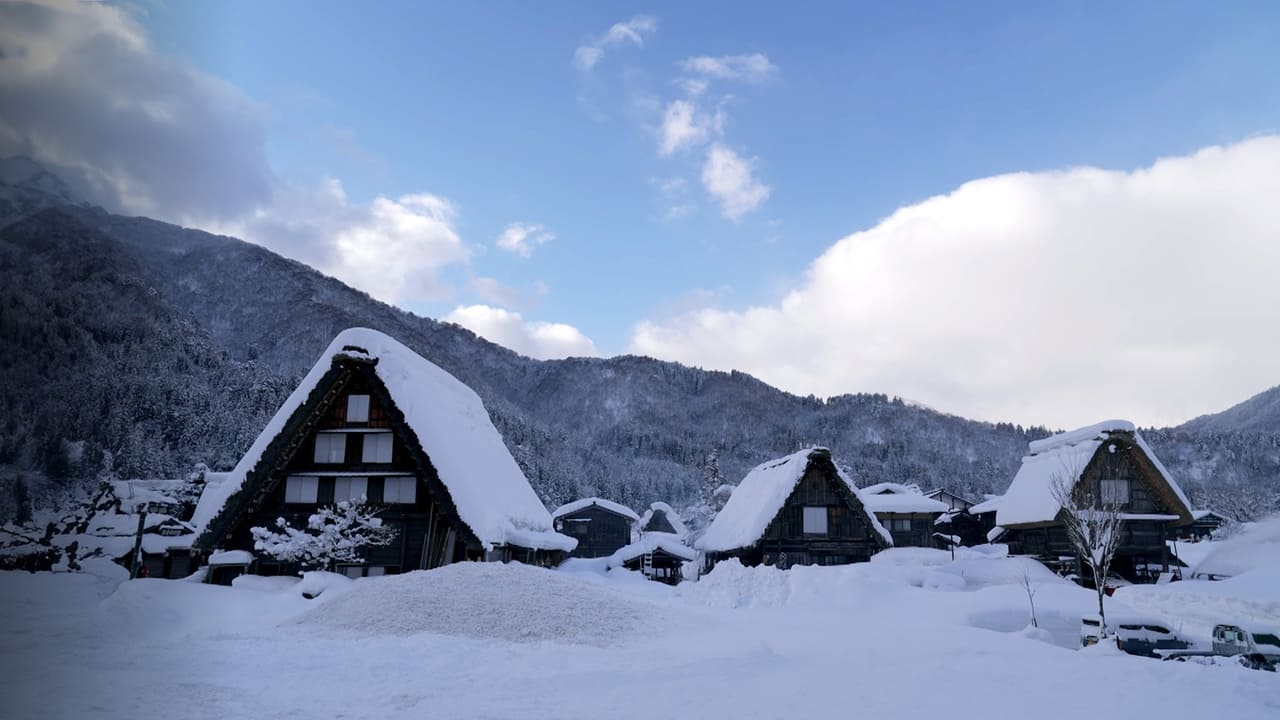
From natural landscapes to historic architecture representing centuries of cultural development, Japan’s World Heritage sites offer a wide range of glimpses into history and the beauty of nature.
Watch NowWith 30 Day Free Trial!
The World Heritage Sites in Japan
2023
From natural landscapes to historic architecture representing centuries of cultural development, Japan’s World Heritage sites offer a wide range of glimpses into history and the beauty of nature.
Watch Trailer
The World Heritage Sites in Japan Season 1 Full Episode Guide
Founded in the 7th century, Horyu-ji Temple in the Nara region is home to one of the oldest wooden structures in the world. Under imperial rule, Horyu-ji was established to spread Buddhism, which had just been introduced to Japan from China. We look at the Japanese social concept of wa or harmony and the survival of these buildings over the centuries.
Remote Okinoshima is the "island where the deities dwell" where Shinto beliefs originated. It is the spiritual home to the Japanese people. Restricted public access to the island means that valuable artifacts offered to the deities have been preserved almost intact. Ancient Japanese believed deities resided in the island's huge rocks; many of those beliefs survive among the locals to this day.
In the 19th century, when Japan emerged as a modern nation, the world's most advanced spinning technology brought raw silk into mass production. By 1909, Japan became the world's largest exporter of raw silk used in products worldwide. Now defunct, the property offers a glimpse of the development of modern Japan.
Once known as Michinooku or "the back country," the town of Hiraizumi in the Tohoku region was founded in the 12th century. Its temples were built over three generations by the Fujiwara clan in an attempt to recreate the Buddhist Pure Land, an ideal world free of defilement and suffering, exemplified by the Golden Hall at Chuson-ji Temple.
Isolated at a remote location in the Pacific Ocean, the Ogasawara Islands are home to unique species of both flora and fauna. Their interconnected cycle of life is supported by efforts to control invasive species that threaten their delicate balance.
In the 16th century, Tokugawa Ieyasu united the warring states of Japan under an umbrella of peace that lasted for 250 years. His remains are interred among the historic shrines and temples of Nikko, still a focus of religion and spirit for the Japanese.
Until the islands of Okinawa became part of Japan, they were home to the Kingdom of Ryukyu. The kingdom fostered trade among its neighboring nations and left behind a unique architectural and spiritual tradition that remains a part of daily life for many island residents.
The lush forest of Yakushima Island is home to yakusugi, a unique species of cedar tree. Some yakusugi are thousands of years old. Once threatened by deforestation due to logging, the yakusugi have been preserved by local residents for the enjoyment of present and future generations.
Over it's 1,000 years history, Kyoto has seen the blossoming of an elaborate culture that combined the finest arts and crafts. We trace the history of Japan's national identity by exploring the Buddhist temples that represent it and enjoy the fleeting beauty of spring cherry blossoms.
The miners of Iwami Ginzan worked in cramped darkness, risking their lives for fortune and glory. The area once produced vast quantities of silver yet had little impact on the beauty of the surrounding mountains.
Free Trial Channels
Seasons


